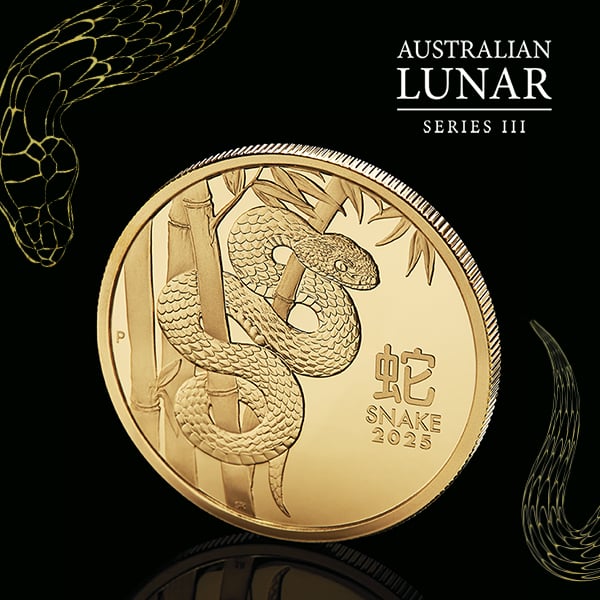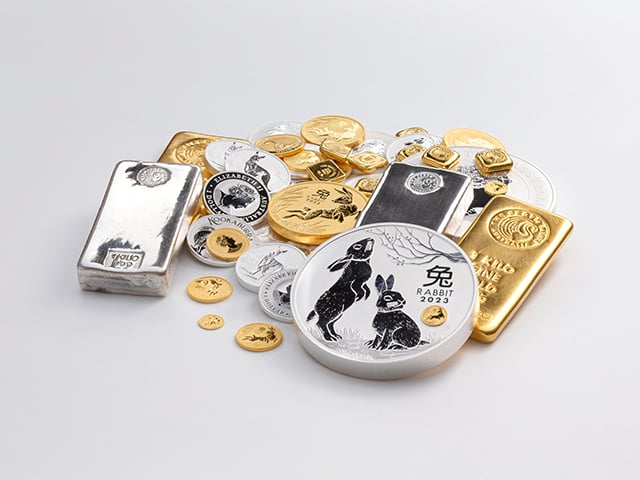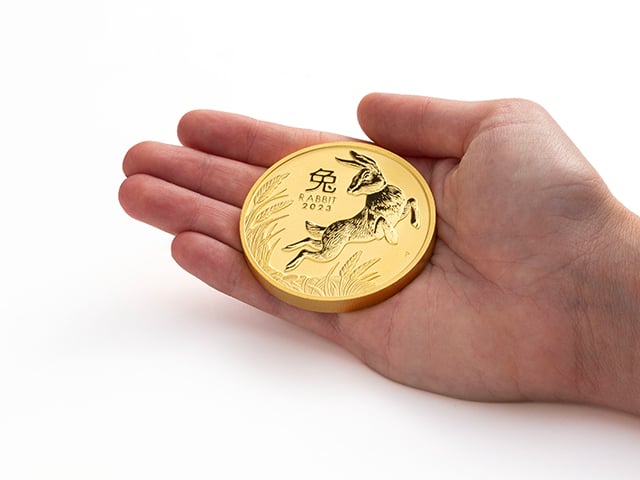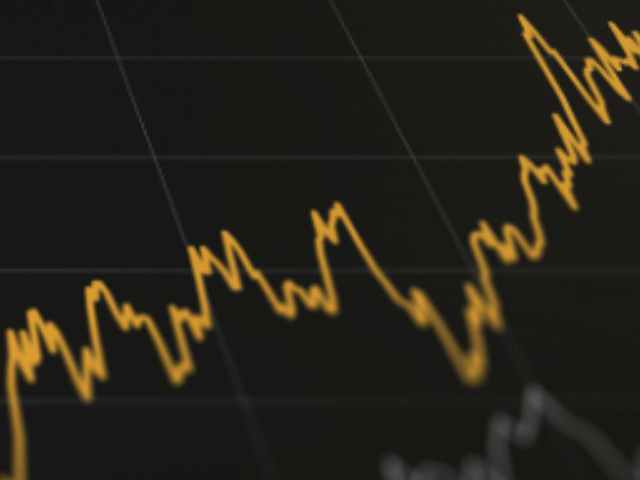Liquid ETF but still solid gold

What is liquidity and why is it important for investors?
Liquidity refers to the ability and ease in which assets can be bought and sold quickly. When it comes to ETFs, one of the most important benefits is the liquidity, enabling investors to purchase and sell ETF units at any point throughout the trading day.
When markets are volatile, investors don’t want to be constrained by illiquid assets, which makes gold ETFs a good investment.
What is meant by ‘liquidity’ in the gold ETF market?
Investors may be surprised to learn that turnover in gold ETFs, which averaged roughly USD 3.71 billion per day in Q1 2022, represents just under 3% of the total turnover that takes place in the gold market.
This can be seen in the table, which provides a breakdown of average daily turnover across the three main sources of gold market liquidity in Q1 2022.
DAILY GOLD MARKET LIQUIDITY (USD BILLION) BY SOURCE IN 2022
Liquidity source
Daily turnover (USD billion)
Share of total turnover (%)
Over-the-counter
82.37
54.55
Exchanges
64.92
43
Gold ETFs
3.71
2.45
Total
151
100
Source: The Perth Mint, World Gold Council | Gold Trading Volume | Gold Daily Volume | World Gold Council
The two primary sources of liquidity in the global gold market are over-the-counter (OTC) bullion trading, and the trading that takes place on commodities and/or futures exchanges (like the COMEX), which together account for approximately close to 98% of daily gold market turnover.
And in 2021, gold was one of the most liquid asset classes on the planet, with daily turnover typically exceeding USD 183 billion, with only the S&P 500 ahead. That is more than most stock, bond and foreign exchange markets.
Why is this important for gold ETFs?
For gold ETFs to function well, it should be easy for investors to buy and sell units at a price that closely tracks the ETF’s underlying gold value.
In order for this to happen, the products must be supported by market makers who stand ready to buy when an investor wants to sell a gold ETF, and ready to sell when an investor wants to buy a gold ETF.
These market makers in turn need to be able to trade gold either over-the-counter or using futures markets, as it’s the liquidity from those sources that indirectly supports the liquidity in the gold ETF market.
Tracking total turnover and average trading spreads in a gold ETF is a good way for investors to analyse liquidity. The ASX’s monthly update on all ETF related activity can be an invaluable tool for investors in this respect.
How does The Perth Mint gold ETF (PMGOLD) work?
The Perth Mint acts as market maker to its own ETF (PMGOLD).
With more than 120 years of experience in trading precious metals and with annual turnover of more than AUD 26 billion, The Perth Mint turns over almost AUD 100 million per day in precious metals. This is a substantially higher number than the total turnover in all gold related ETFs trading on the ASX.
This chart, which plots the daily turnover in some of the most liquid stocks, The Perth Mint’s total turnover, and turnover in non-Perth Mint gold ETFs, further contextualises our significant role as a market maker.
As it highlights, if all Perth Mint turnover went through the ASX, it would be a top 10 stock in terms of liquidity, with turnover more than eight times that of ‘other’ gold ETFs.
This is why investors in a Perth Mint gold ETF (PMGOLD) can be confident in our ability to efficiently make a market in these products.
Daily turnover figures for most traded ASX stocks versus Perth Mint and gold ETF turnover

Source: The Perth Mint, ASX
Takeaways for gold ETF investors
There are three key takeaways for investors analysing liquidity in gold ETFs:
- The first pertains to gold itself, which as we have highlighted, is among the most liquid asset classes on the planet, making it efficient to buy and sell. Even so, it is important to find a gold ETF that is supported by market makers with an established track record of trading precious metals, as it is these market makers who are required to provide liquidity to the products themselves.
- The second is that it is important for an investor in a gold ETF to understand who the counterparties to the ETF are. While gold itself is liquid, that doesn’t necessarily mean every gold ETF will be.
- The Perth Mint acts as market maker to its own ETF (PMGOLD). With more than 120 years of experience in trading precious metals, and with annual turnover of more than AUD 26 billion, it provides investors with assurance that when they invest in PMGOLD they are investing in a gold ETF that will always benefit from our leading position in the gold marketplace. Investors using The Perth Mint gold ETF (PMGOLD) can be assured that liquidity will be provided by the organisation itself, benefitting from our leading position in the global precious metal marketplace.
To find out more about PMGOLD visit: www.perthmint.com/invest
DISCLAIMER
Past performance does not guarantee future results. The information in this article and the links provided are for general information only and should not be taken as constituting professional advice from The Perth Mint. The Perth Mint is not a financial adviser. You should consider seeking independent financial advice to check how the information in this article relates to your unique circumstances. All data, including prices, quotes, valuations and statistics included have been obtained from sources The Perth Mint deems to be reliable, but we do not guarantee their accuracy or completeness. The Perth Mint is not liable for any loss caused, whether due to negligence or otherwise, arising from the use of, or reliance on, the information provided directly or indirectly, by use of this article.
















